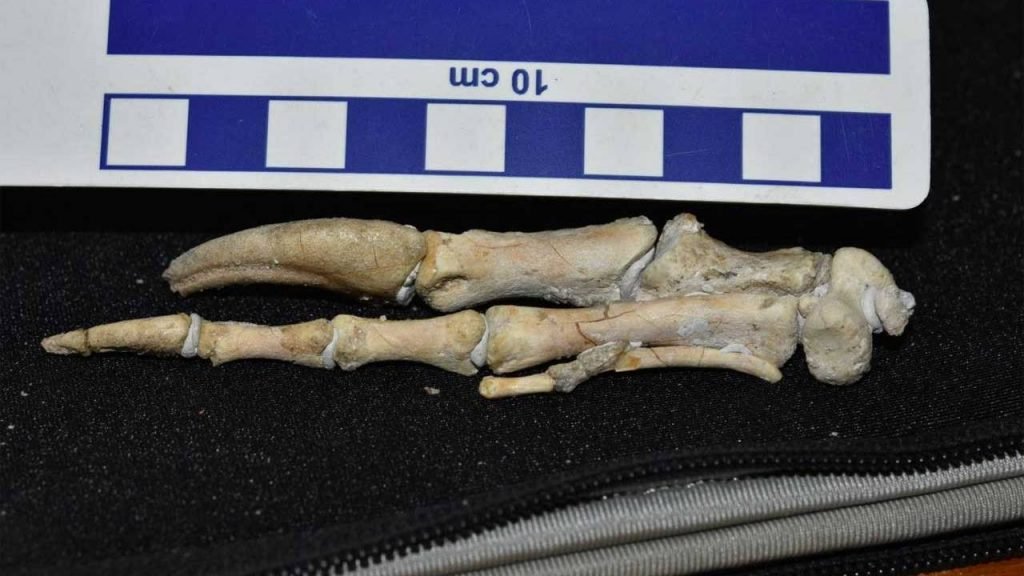New Dinosaur Species
A new dinosaur species have been discovered having no teeth and two digits (not to be confused with a mathematical digit, it means distal part of limb- finger or nose which are present in vertebrates) on its upper extremities. A focus has been drawn by this discovery on a group of parrot-like animals that lived more than 68 million years ago. The strange fact about the species discovered is that they had one less finger on each forearm than its closest relatives suggesting an adaptation that helped the animal or the species to spread during the Late Cretaceous Period.

Found At Gobi Desert
In an expedition led by the University of Edinburg in the Gobi Desert in Mongolia, researchers uncovered multiple complete skeletons of the creature and are named Oksoko avarsan. It is identified as a feathered omnivorous creature that featured two functional digits on each forearm and grew up to a length of two meters. And a similarity can be drawn with the modern-day parrots as the animal features a large toothless beak which is common in a modern parrot.

The fossils provide the first direct evidence of digit loss in the three-fingered family of dinosaurs known as oviraptors and all this possible due to remarkable well-preserved fossils by researchers who discovered the species. It is found out that forearm adaption helped them to diversify and multiply in their environment by altering their diet and lifestyle. And the eventual loss of the third finger across the evolutionary history of the oviraptor has been studied by scientists along with the study of reduction in the size of the species.
Evolution with Habitat Change
As the group migrated from an old geographic location to a new one, their arms and hands change drastically in conjunction, and these locations are North America and the Gobi Desert. And the fossils were found in groups which showed the trait of juvenile’s sociability as fossil remains of four young dinosaurs found preserved resting together.

As the skeletons were found complete, Dr. Gregory Funston from the University of Edinburg School of geosciences, leader of the study, finds the creature to be interesting and the way they were found out resting together, makes it easy to say that they roamed together in groups as juveniles.

1 Comment
Pingback: A Disabled Parrot 'Bruce' Taught Himself How to Use Tools For Self-Care - Craffic